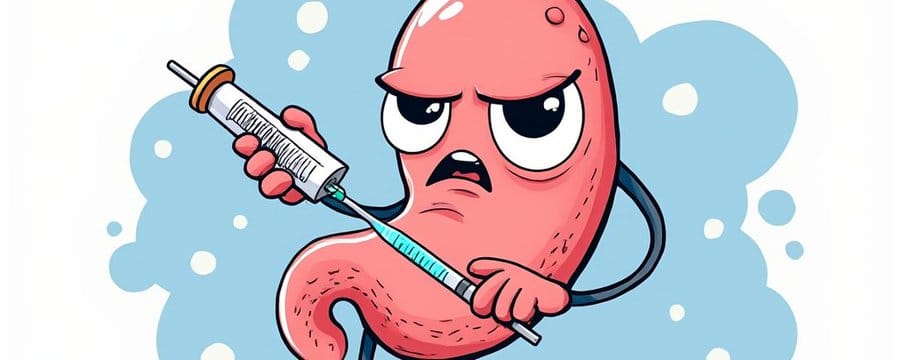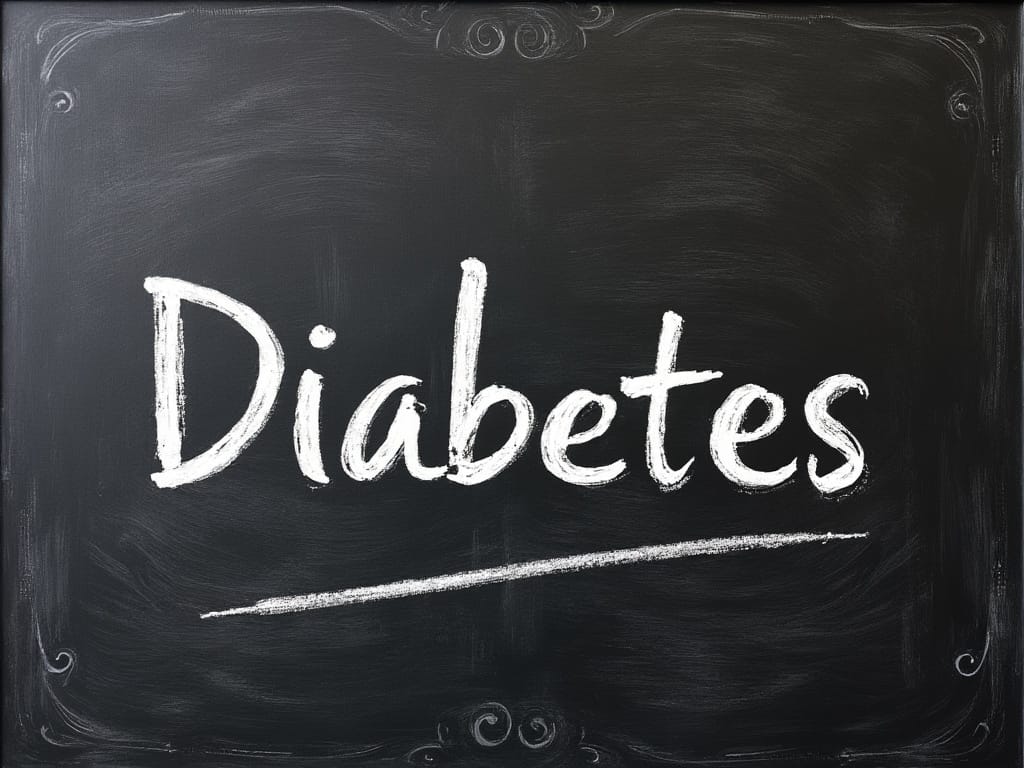Managing Type 1 Diabetes involves regularly injecting insulin to keep blood glucose levels within target ranges. The choice of injection site can influence how quickly insulin is absorbed into the bloodstream, which affects how effectively it controls blood sugar. Here’s an overview of common injection sites, along with their effects and considerations:

1. Abdomen
- Effect: Insulin absorption is generally faster from the abdomen due to the vascularity of the area.
- Considerations:
Pros: Quick action makes it ideal for meal-time insulin or correction doses.
Cons: Care must be taken to rotate sites to avoid lipohypertrophy (fatty lumps) and lipoatrophy (loss of fat tissue), which can affect insulin absorption.
Tips: Inject at least one inch away from the navel and avoid previous injection sites for at least a week.
2. Thighs
- Effect: Thighs tend to absorb insulin a bit slower than the abdomen, which can be beneficial for basal insulin or when a more gradual effect is desired.
- Considerations:
Pros: Useful for overnight or when less fluctuation in blood glucose is needed.
Cons: Muscle activity can increase absorption rate, so avoid injecting just before or after vigorous exercise.
Tips: Use the front and outer areas of the thigh, rotating sites to prevent skin issues.
3. Arms (Deltoid Region)
- Effect: Absorption from the arms can be variable but is generally faster than the thighs but slower than the abdomen.
- Considerations:
Pros: Convenient for self-administration.
Cons: Not as commonly used due to limited space and potential for less predictable absorption.
Tips: Only use the fleshy part of your upper arm, ensuring rotation among different injection spots.
4. Bum
- Effect: This area tends to have the slowest insulin absorption rate among these sites.
- Considerations:
Pros: Useful for long-acting insulin where a slower absorption rate can stabilise glucose levels over time.
Cons: Accessibility for self-injection can be challenging; often requires assistance.
Tips: Rotate between left and right cheeks, and within each quadrant of the site.
General Considerations:
- Rotation: Rotating injection sites is crucial to prevent skin and subcutaneous tissue damage, ensuring consistent insulin absorption.
- Temperature: Cold temperatures can slow down insulin absorption. Keeping the injection area warm can help.
- Exercise: Physical activity can increase insulin absorption, particularly from the legs or arms if those areas are used. Adjustments might be necessary around exercise.
- Site Preparation: Always clean the skin before injection to prevent infection, but avoid using alcohol if it irritates the skin or dries it out excessively.
- Injection Technique: Proper technique ensures insulin is delivered into subcutaneous tissue, not muscle, which can alter absorption rates.
- Individual Variations: Everyone's body can react differently. Some might find certain sites work better for them due to body composition or lifestyle.
- Monitoring: Regular monitoring of blood glucose levels is essential to understand how different sites affect your insulin needs.

Member discussion: